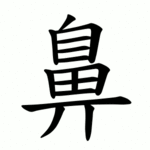
Radical 32 or radical earth (土部) meaning "earth" is one of the 31 Kangxi radicals composed of three strokes.

Radical 75 or radical tree (木部) meaning "tree" is one of the 34 Kangxi radicals composed of 4 strokes.

Radical 57 or radical bow (弓部) meaning "bow" is one of the 31 Kangxi radicals composed of three strokes.
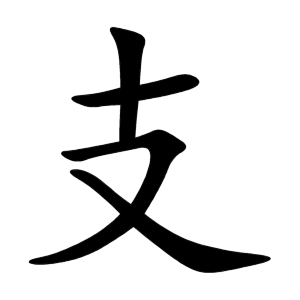
Radical 65 or radical branch (支部) meaning "branch" is one of the 34 Kangxi radicals composed of 4 strokes.

Radical 76 or radical lack (欠部) meaning "owe", "lack", or "yawn" is one of the 34 Kangxi radicals composed of 4 strokes.

Radical 77 or radical stop (止部) meaning "stop" is one of the 34 Kangxi radicals composed of 4 strokes.
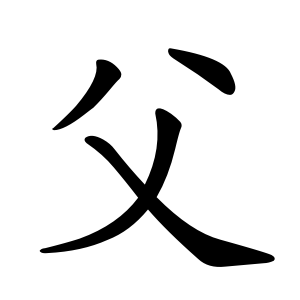
Radical 88 or radical father or light (父部) meaning "father" is one of the 34 Kangxi radicals composed of 4 strokes.

Radical 109 or radical eye (目部) meaning "eye" is one of the 23 Kangxi radicals composed of 5 strokes.

Radical 112 or radical stone (石部) meaning "stone" (石头) is one of the 23 Kangxi radicals composed of 5 strokes.

Radical 117 or radical stand (立部) meaning "stand" is one of the 23 Kangxi radicals composed of 5 strokes.

Radical 128 or radical ear (耳部) meaning "ear" in English is one of the 29 Kangxi radicals composed of 6 strokes.

Radical 131 or radical minister (臣部) meaning "minister" or "official" is one of the 29 Kangxi radicals composed of 6 strokes.

Radical 143 or radical blood (血部) meaning "blood" is one of the 29 Kangxi radicals composed of 6 strokes.

Radical 147, also known as radical see (見部), represents the meaning "see" and is one of the 20 Kangxi radicals composed of 7 strokes.
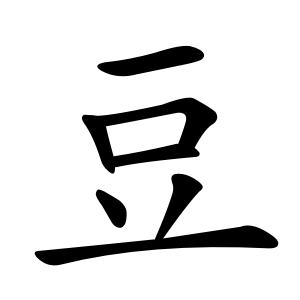
Radical 151 or radical bean (豆部) meaning "bean" is one of the 214 Kangxi radicals. It is one of 20 which are composed of 7 strokes.

Radical 156 or radical run (走部) meaning "run" is one of the 20 Kangxi radicals composed of 7 strokes.

Radical 169 or radical gate (門部) meaning "gate" or "door" is one of the 9 Kangxi radicals composed of 8 strokes.

Radical 173 or radical rain (雨部) meaning "rain" is one of the 9 Kangxi radicals composed of 8 strokes. This radical character transforms into ⻗ when used as an upper component.
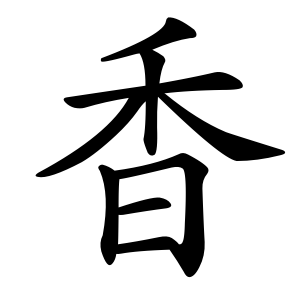
Radical 186, meaning "fragrant", is one of the 11 Kangxi radicals composed of 9 strokes.

Radical 198 or radical deer (鹿部) meaning "deer" is one of the 6 Kangxi radicals composed of 11 strokes.
